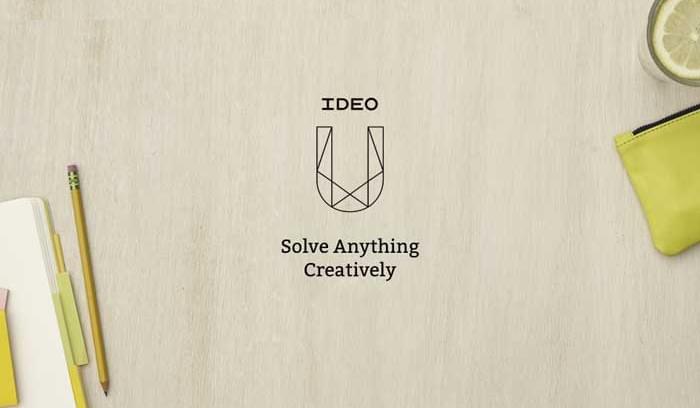If you’re not innovating in today’s business world you’re falling behind. As a business it can be easy to feel this pressure and want to get new products out the door as fast as possible. But is this really the best strategy?
Recently I had the privilege of taking a seven week course called Insights for Innovation. It was organized by IDEO, one of the world’s top design and innovation firms. IDEO focuses on human-centered solutions and a methodology called design thinking. The course was focused around the first step IDEO’s team takes when presented with a new project – collecting insights. In the product design world this process is called discovery.
Here are three of the top lessons I walked away with:
1. Observation before Innovation

Let’s say Company A spots a problem and comes up an idea. They invest time and resources into it. They polish it. They release it into the wild. They think it is innovative. Then they talk to users about what they think. This may look like a normal workflow, but according to human-centered design, it’s actually backwards.
The main premise of human-centered design is that people (users) should come first. Instead of rushing into production, it’s better to slow down and observe. One of the main lessons of this class is that research is really really important.
Befores starting production, pause and dig deeper into the problem you’re trying to solve. Look at it with a questioning mind. By observing you can see patterns you might miss if you were only thinking about your own experiences. These patterns are called insights. Insights are what you should build your ideas around.
2. Empathy is more powerful than Sympathy

Experiencing what your users (or customers) do will help uncover solutions that may otherwise have never occurred to you. One of the best examples from Insights for Innovation was a project IDEO did with the goal of making the retail shopping experience more engaging for kids.
How did they empathize with kids in this situation? They walked around on their knees to get a child’s experience and perspective. This allowed their team to come up with solutions they never would have ordinarily thought of, and that kids probably wouldn’t have been able to articulate themselves.
This same type of activity can be done for other types of projects too. Taking yourself out of your comfort zone and literally experiencing your product in the way your users do will probably change the way you think and innovate moving forward.
3. It takes a (diverse) team

It’s possible to innovate by yourself, but it’s a lot more effective (and fun) with a team. Instead of putting together teams from just one department, try mixing it up. A team of people from different backgrounds and specialties will help keep the project moving and bring in new viewpoints.
Brainstorming and reporting activities can bring out big ideas that individuals may not think of on their own. They encourage excitement and buy-in as people push each other to more closely analyze a topic. Different perspectives also help you get a better understanding of your users and the problems they face. Patterns emerge faster and in the end, the result is typically better than it would have been as a solo project.
These are just a few of the lessons I learned while taking IDEO’s Insights for Innovation course. The ideas behind human-centered design can be applied to pretty much any job or industry. Walking through the exercises and working on the class project equipped me with tools and a new way of thinking that I now use almost every day.
If you’re interested in learning more I highly recommend signing up to be part of the next cohort.

